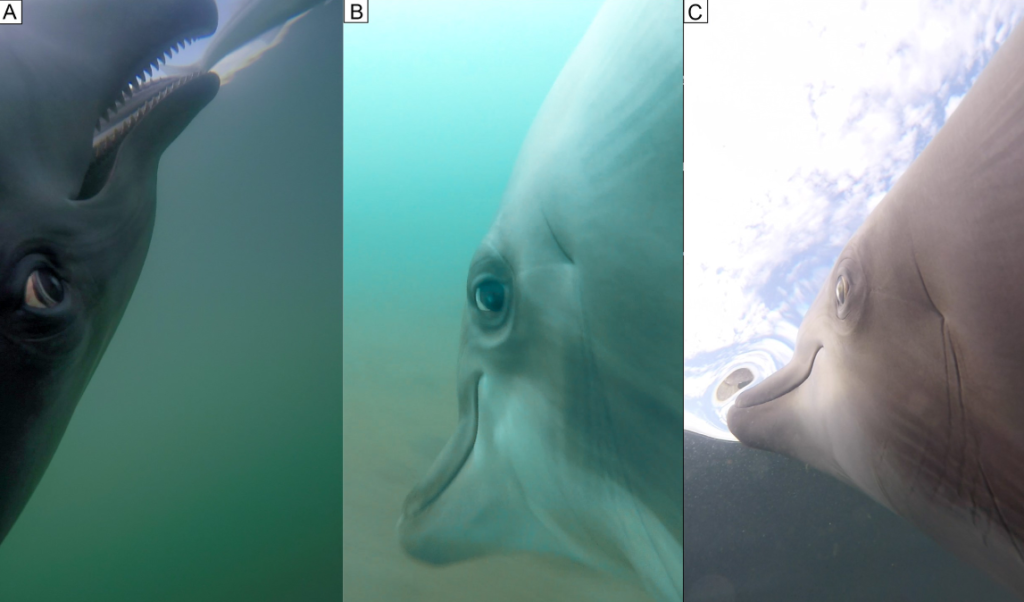Cameras on Dolphins? Stunning Underwater Footage Revealed

Ever wondered what life looks like through a dolphin’s eyes? The US Navy just gave us the answer — and it’s thrilling.
Think National Geographic, but filmed by dolphins themselves.
This isn’t a marine documentary; it’s real footage from six bottlenose dolphins equipped with cameras in San Diego Bay.
In a 2022 study, researchers strapped cameras to these marine mammals, trained by the Navy to detect underwater mines and protect critical assets.
Then they let them hunt freely. The result? Six months of footage revealing new insights into dolphin behavior.
Dolphins on the Hunt
The footage begins with clicks, buzzes, and squeals as dolphins close in on prey.
Mounted cameras provide unconventional, sometimes unsettling angles, but the perspective is captivating.
Dolphins tracked prey with echolocation and sharp vision, using methods like slurping fish like spaghetti or gulping them with powerful suction.
Researchers believe these behaviors mimic those of wild dolphins.
What’s on the Menu? Fish and Snakes
The dolphins caught over 200 fish during the study, including bass, croakers, halibut, and smelt.
Smelt, in particular, provided some of the most exciting footage.
Known for their dramatic leaps to escape predators, these small fish put up quite the fight.
In response, one dolphin was observed swimming upside down to get a clearer view of its prey, showcasing an impressive level of adaptability.

But the real surprise came when one dolphin decided to snack on eight venomous yellow-bellied sea snakes.
This unexpected dietary choice left researchers both baffled and intrigued.
“Our dolphin displayed no signs of illness after consuming the snakes,” the study noted, though it’s unclear if this behavior is typical or unique to captive dolphins.
The researchers speculated that this might be an outlier behavior influenced by the dolphin’s environment, adding another layer of mystery to these already fascinating creatures.
Science Behind the Scenes
As dolphins hunted, their clicks transitioned into a “terminal buzz”, followed by excited squeals upon capturing prey.
These vocalizations, paired with the footage, allowed researchers to gain deeper insights into their communication and coordination during hunts.
The cameras also picked up the sound of their hearts pounding, reflecting the physical effort and intensity of their predatory pursuits.

Beyond their remarkable hunting techniques, the study highlighted the physiological adaptations that make dolphins such effective predators.
Their ability to expand their throats to create suction, combined with their powerful tongue movements, showcases a sophisticated feeding mechanism.
This behavior underscores their evolutionary adaptability and positions them as apex predators in their marine ecosystems.
A Lasting Legacy
This groundbreaking study was led by marine mammal researcher Sam Ridgway, who passed away shortly before publication, this study leaves a rich legacy.
“His creative approach to partnering with Navy dolphins will continue to inspire future scientists,” said NMMF ethologist Brittany Jones.
Double Lives of Navy Dolphins
While technically captive, these dolphins work daily in open water and can leave if they choose. Most stay, drawn by reliable food and engaging work.
Published in PLOS ONE, this research offers a rare glimpse into dolphins’ underwater world.
From catching fish to snacking on sea snakes, these marine mammals prove they’re as intelligent as they are fascinating.
